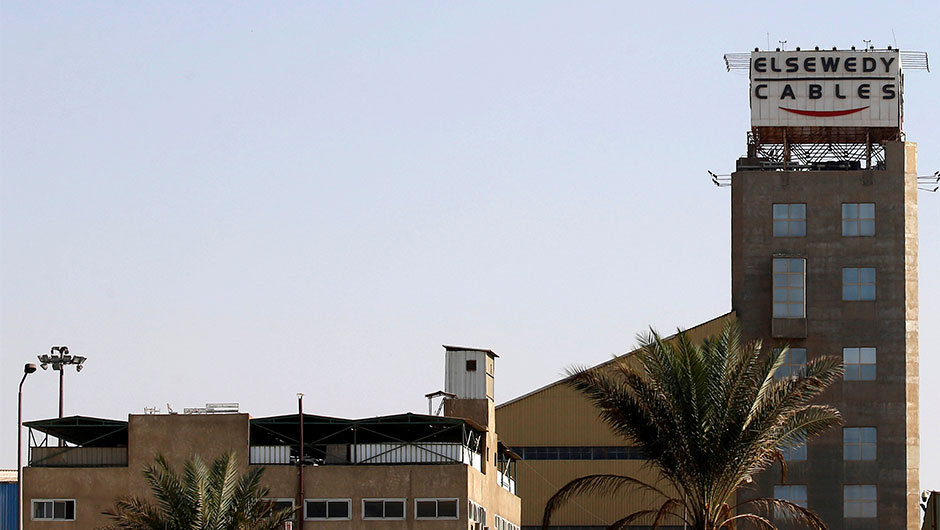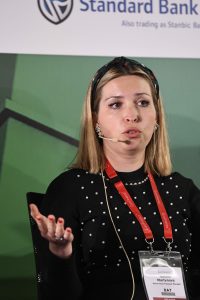Testing the limits of FX risk management

Foreign exchange (FX) risk management is a key skill for any treasurer of a multinational corporate. Nowhere is this skill tested more than across the African continent.
Faced with a number of volatile markets across the continent, FX risk management in Africa requires treasurers to be proactive and flexible. “We’ve got quite a robust hedging model, where we effectively analyse the cost of hedging in our markets, look at what instruments are available, and establish how that aligns with our business plan” says Jan Beukes, Group Treasurer of subscription TV company MultiChoice. “We can then, on a month to month basis, effectively pause hedging in certain markets if the cost of hedging is no longer economical, and then recommence the following month when pricing becomes more favourable. Our policy gives us some flexibility in this regard”.

Factors such as the fluctuating prices of oil and gas can affect certain economies in Africa, which in turn could lead to FX liquidity shortages and even trapped cash, as Rebecca Brace reports in Freeing trapped cash in Africa. With MultiChoice operating across almost 50 countries in Africa, this is a challenge that the company’s treasury is used to managing.
“Take oil prices as an example, let’s say they reduce from US$58 to less than US$20 in a relatively short period of time” explains Beukes. “That would have a negative impact on major oil economies, with liquidity shortages and currency depreciation likely risks as a result. Our typical approach in this scenario is to anticipate this risk, as early as possible, and follow our hedging programme to de-risk the business for at least 12 months to allow for a change in strategy if required”.
Cost of hedging
The cost of hedging remains one of the biggest challenges to managing FX risk in Africa. “We monitor the cost of hedging, and also keep an eye on things like country import cover levels, for example” says Beukes. “Anything that can potentially indicate future shortages of USD liquidity we track rigorously based on economic data available and through regular interaction with our banking partners”.
“This is where you need to be a bit more creative and work together with your banking partners on which solutions you are able to employ in order to manage your FX risk” says Natalia Martynova, regional treasury manager at BAT. “For example, the cost of hedging is a major consideration in most African economies because the interest rates are so high. As a rule of thumb, you’re more likely to look for creative ways of addressing your FX risk versus a standard way of hedging that we use in Europe or even in South America”.
Central bank dialogue

The rapid pace of change in central bank rules and regulations related to FX is another challenge for corporates in Africa. Some form of dialogue with central banks is essential to manage this.
“We mostly do this through our banking partners” explains BAT’s Martynova. “They keep us up to date, engage on our behalf and explain how any new regulation applies to us. It is a constant dialogue”.
“All markets are a bit different – in Zimbabwe, for example, we have been able to engage with the central bank directly, while in South Africa, you have to go via a bank to engage with the central bank” adds MultiChoice’s Beukes. “This is quite critical in terms of seeing what can be done. We keep communication channels open and maintain solid relationships, making sure that central banks are aware of our in-country strategy and we understand where we can help them managing monetary policy challenges”.
African FX risk management in action
Headquartered in Cairo, Egypt, electrical products manufacturer and turn-key services provider Elsewedy Electric has a presence in 11 African markets. Recently, the firm was involved with the building of a 4,800 MW combined cycle power plant in Beni Suef, Egypt, in a partnership with Siemens. The project, for the largest power plant in the world to be built in a single phase, generated a total of €2 billion for the two partners.
“The El Sewedy portion of this was €780 million, which was made up of €180 million in euros and €600 million payable in Egyptian pounds according to the Central Bank of Egypt declared rates of EUR/EGP on the date of payment” explains Sherif ElZeiny, Vice President and CFO of Elsewedy Electric Group.

To manage the FX risk of the euro portion of the payment, Elsewedy hedged part of the exposure. “To secure our position against any fluctuations that could occur, we did a non-deliverable forward deal for 50% of the exposure” ElZeiny says.
For this project, Elsewedy used HSBC and Credit Agricole for the FX risk management. While the company prefers to hedge 100% of FX exposures where possible, there was a good reason why it opted for 50% in this case. “We were conservative” says ElZeiny. “The market was fluctuating, and due to CBE rules the NDF had to be booked outside Egypt, so any loss on this transaction had to be paid in foreign currency outside Egypt”.
Taking a conservative approach to FX risk management is something that ElZeiny suggests to multinationals that are entering African markets for the first time:
“Be very conservative in taking any FX position against local currency in Africa. Try where possible to make the contract in foreign currency against any foreign cost, taking advantage of natural hedging”.
Sherif ElZeiny and Natalia Martynova will be speaking at our Effective Finance & Treasury in Africa event on the 3rd of March 2020
